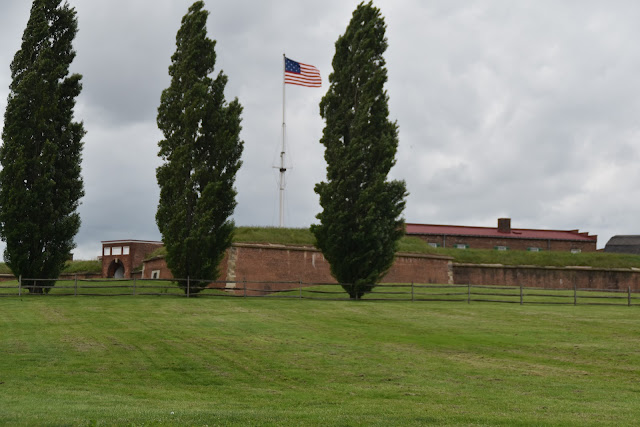Our visit to the Channel
Islands National Park is hard to show since the islands are small and
there is not a good view of the entire chain.
The map below, from wiki, shows the entire archipelago and highlights
the channel Island National Park in the north.
These islands are a bit unique in that they are the result
of tectonic plate movement that formed them independent of the mainland. That they have never been attached to the
main continent makes them a great example of development in almost total isolation. Some animals and plants are unique to these islands alone with their development
attributable to this isolation.
Early Native Americans, the
Chumash
tribe,
claimed these islands and
used them for living, as they are a very safe place since enemies could be seen
coming in boats.
The Chumash Indians
also found these islands to be
great
fishing grounds offering abundant fish and shell fish.
Later European settlers came to the islands and established
farms and ranches. The raising of cattle
proved to be difficult given the size of the animals which needed to be
transported to and from the islands.
Sheep were smaller and easier to handle but they ate everything down to
the ground which eliminated the natural grasses they fed on. While the remote
isolated location deterred rustlers cattle and sheep proved to be too difficult
and the practice faded out. Over fishing
the locally abundant schools of sea life
caused the fishing industry to almost collapse.
Comprised of four islands, Anacapa, Santa Rosa, Santa Cruz,
and San Miguel, the area was designated a national monument in 1938 and became
a National Park in 1980. Much of the area is owned by Nature Conservancy but
included inside the Park.
 |
| this shows the entire archipelago of channel islands with the National Park highlighted in green |
 |
| our trip was to Scorpion Bay. the island in the distance is Anacapa the smallest of the Park islands. |
 |
| this park is a popular spot for school field trips with discounted transportation cost and National Park Service guides available. with all the natural wonders around them this group of 6th graders wasted no time in setting up a baseball diamond and engaging in a modified game. the telling comment was "where is first base?" "just make up one and go there!"...Calvin Ball at its finest. |
 |
| Scorpion Bay from the bluff above |
 |
| Yellow Mustard plants were plentiful. Black Mustard had bloomed a few weeks earlier. |
 |
| coastal view with Anacapa in distance |
 |
| our departure location at Ventura Harbor. |
 |
| the wall shown is dry stack masonry. this process involves using rocks alone, no cement, to build retaining walls. the rocks are stacked and then smaller stones are used as wedges to hold the larger ones in place. these walls can be 2'-3' thick and are incredibly strong, as you can see from this picture above. tot he right is how this construction metho was used to create rain catch basins for watering the livestock. | .
|
 |
| farm equipment once used on the island is now rusting and unused. |
 |
| the Island Packers ferry boat we arrived on. it was low tide and so we had to climb up a ladder to disembark. |
 |
| a nice feature of the ferry was this monitor showing our location, water depth and boat speed. |
 |
| the island fox is unique to the island. approximately 2' long this smaller version of the mainland fox evolved into this mini version as a result of reduced food supplies and the need to avoid being raptor food. these animals have no fear of humans and if you leave a backpack open on the ground expect one to check it out for anything it finds of interest. we watched one tug open a top flap on one and steal a bagged sandwich. Cheeky little buggers! |
 |
| proof photo that we were there |
 |
| Kayaking is a popular past time on the island. the ferries will tote your boat for a fee or you can rent one from the concession at the bay |
 |
| Morning glory flowers have evolved into almost pure white. Perhaps the local insects preferred this over the mainland blue? |
 |
| the island ravens are huge, noisy and inquisitive. This one kept reminding us of his presence and asking for a handout. |
 |
| the Park Service has maintained the few original ranch buildings as their on-island headquarters. |
 |
| this single windmill pump was the sole reliable source of water on the island. Rain collection ponds were seasonal |
 |
| a view of the north coast from bluff above Scorpion bay. |
 |
| South view from above Scorpion Bay |
 |
| the Santa Cruz Island Bush Mallow is endemic to this island alone. |
 |
| Yellow coreopsis were in bloom |

























































